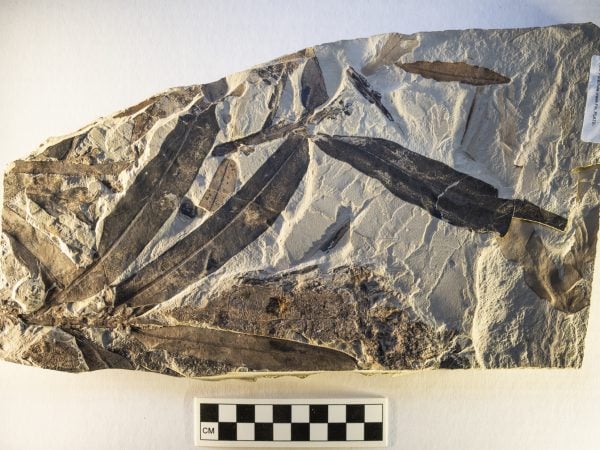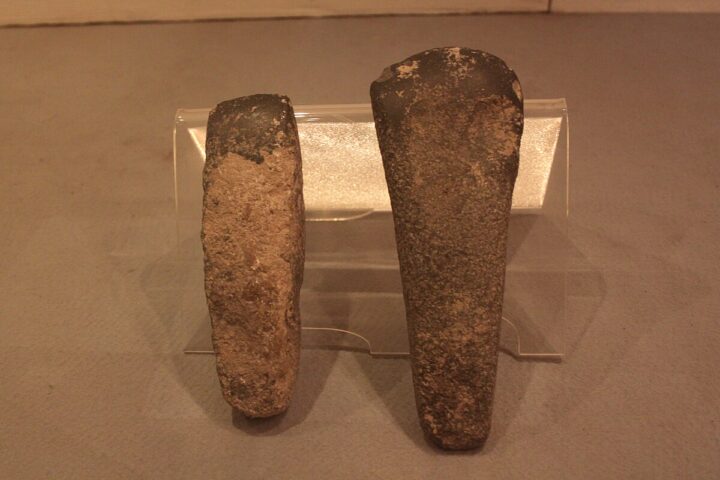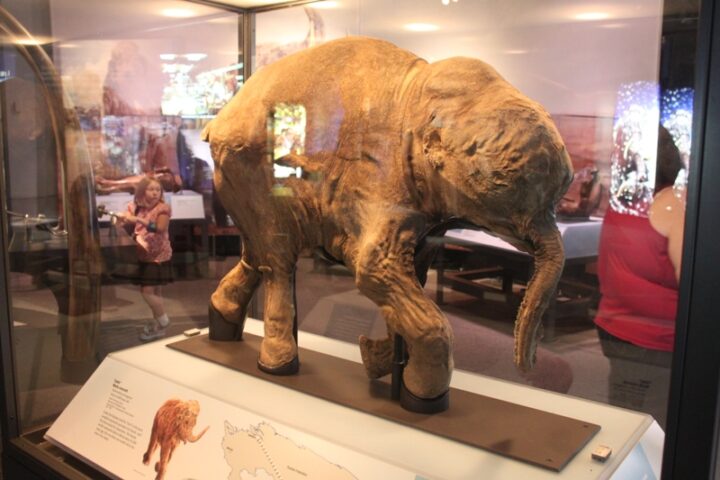In a groundbreaking paleontological find, researchers have unearthed fossilized remains of a massive ancient snake species in India’s western state of Gujarat. Named Vasuki indicus after the mythical serpent king Vasuki from Hindu mythology, this extinct reptile is estimated to have measured between 11 to 15 meters (36 to 49 feet) in length, making it one of the longest snakes ever discovered.
The fossils, consisting of 27 well-preserved vertebrae, were recovered from the Panandhro Lignite Mine in Gujarat’s Kutch district, which is part of the Naredi Formation dating back to the Middle Eocene epoch approximately 47 million years ago. The discovery was made by paleontologists Sunil Bajpai and Debajit Datta from the Indian Institute of Technology (IIT) Roorkee.
Giant Snake from a Warmer Era
Vasuki indicus belonged to the now-extinct Madtsoiidae family of terrestrial snakes that thrived during the warm Middle Eocene period. This era was characterized by higher global temperatures, with average temperatures in the range of 28°C (82.4°F). The warm climate likely played a crucial role in supporting the growth and survival of such large reptiles.
“The large size of Vasuki indicus made it a slow-moving, ambush predator akin to an anaconda,” explained Datta, the lead author of the study published in the journal Scientific Reports. Based on the dimensions of the largest vertebra, which measures 11 cm (4.3 inches) in width, the researchers modeled the snake’s estimated actual length.

Insights into Ancient Biogeography
The discovery of Vasuki indicus sheds light on the dispersal of Madtsoiidae snakes across continents during the breakup of the supercontinent Gondwanaland. These snakes inhabited a broad geographical range, including Africa, Europe, and India.
“Vasuki was the most primitive ancestor in the family tree, we inferred that this group of snakes originated in India,” stated Bajpai.
The researchers propose that the Indian subcontinent played a significant role in the origin and dispersal of these giant snakes. As the landmass of India separated from Gondwanaland and drifted northward, it carried with it a unique fauna, including the ancestors of Vasuki indicus. The subsequent collision of the Indian subcontinent with Asia around 50 million years ago allowed these snakes to spread to other continents through land connections.
Similar Posts
Comparative Analysis and Future Research
While Vasuki indicus is undoubtedly one of the largest snakes ever discovered, it is slightly smaller in vertebral dimensions compared to Titanoboa, an extinct snake species that lived approximately 60 million years ago in present-day Colombia. Titanoboa is considered the longest snake on record, with an estimated length of around 12.8 meters (42 feet).
The discovery of Vasuki indicus opens up new avenues for future research in paleontology. “Recovery of additional material and new species, including large-sized forms, may provide further insights into madtsoiid systematics and biogeography,” noted Bajpai.

Paleontologists are optimistic that continued exploration of the fossil-rich sediments in Gujarat and other parts of India will yield more exciting discoveries, shedding light on the rich biodiversity that once thrived in the region.
The study of ancient life forms, such as Vasuki indicus, not only enhances our understanding of Earth’s history but also provides valuable insights into the evolution and adaptations of species in response to changing environmental conditions. As we grapple with the challenges of climate change and biodiversity loss in the present day, the lessons from the past serve as a poignant reminder of the interconnectedness of life on our planet.


















